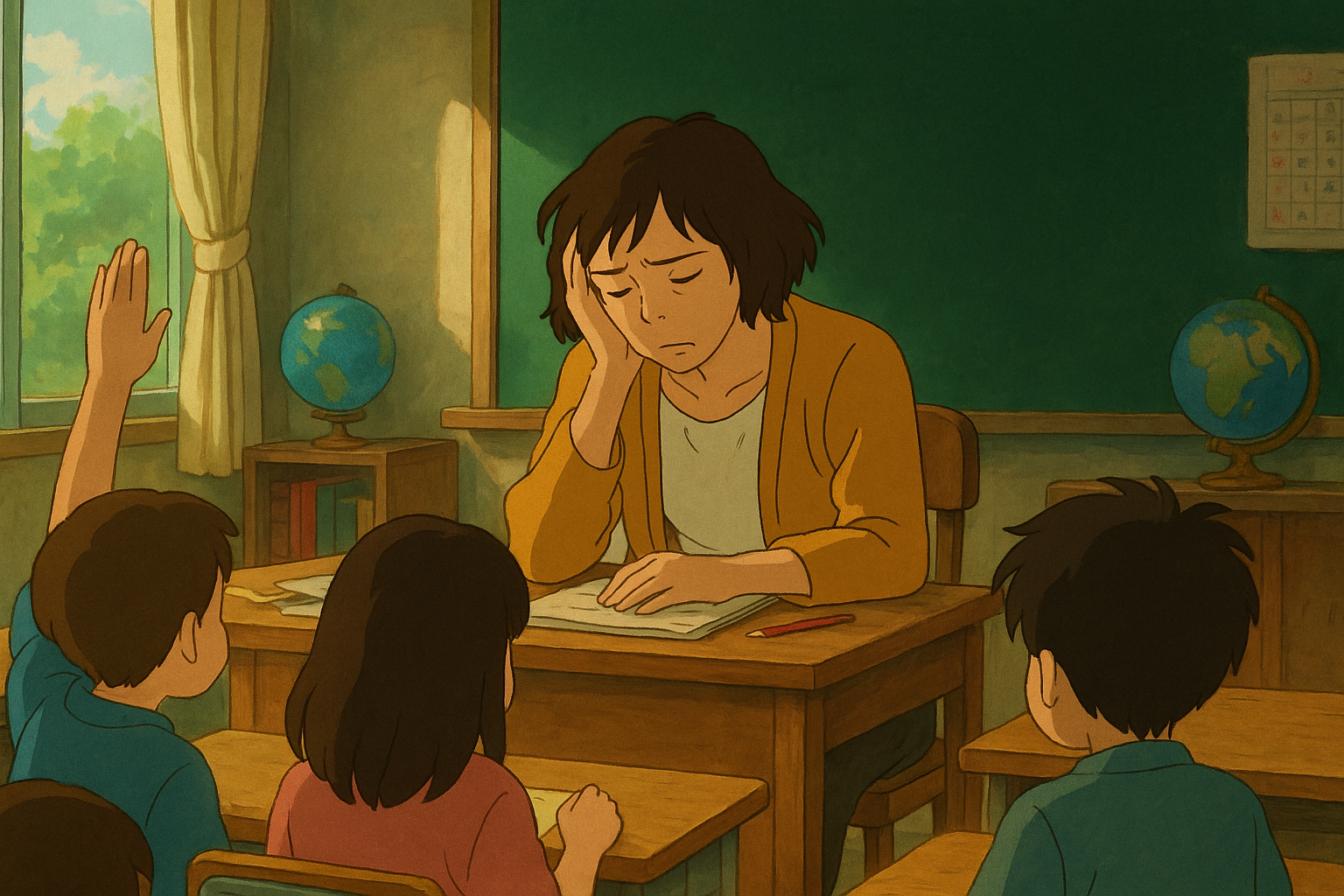
The Day My Voice Gave Up
I once smiled when people said, “Teaching is the easiest job.” I believed it too. Short hours, early afternoons, long holidays, and a peaceful life.

I once smiled when people said, “Teaching is the easiest job.” I believed it too. Short hours, early afternoons, long holidays, and a peaceful life.
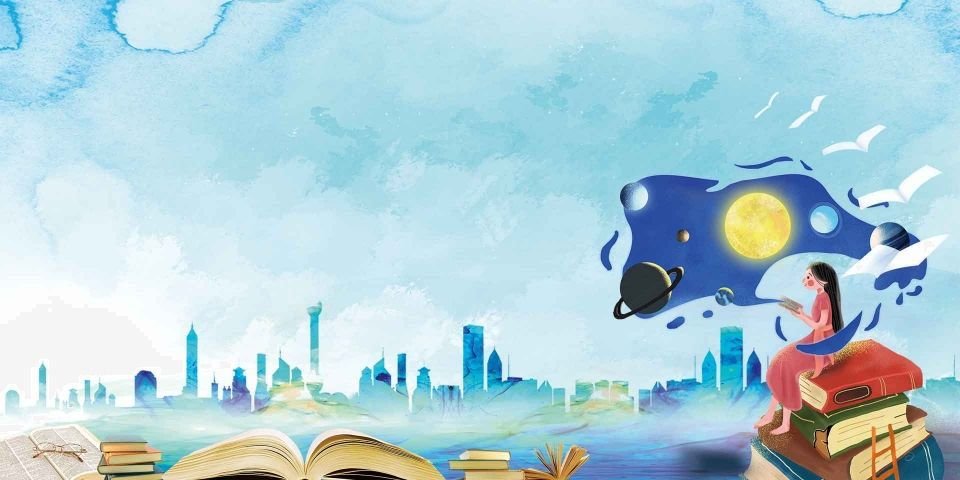
Why is it that so many young people no longer enjoy reading?Not just textbooks and syllabus content, but reading anything at all. Newspapers, articles, novels,
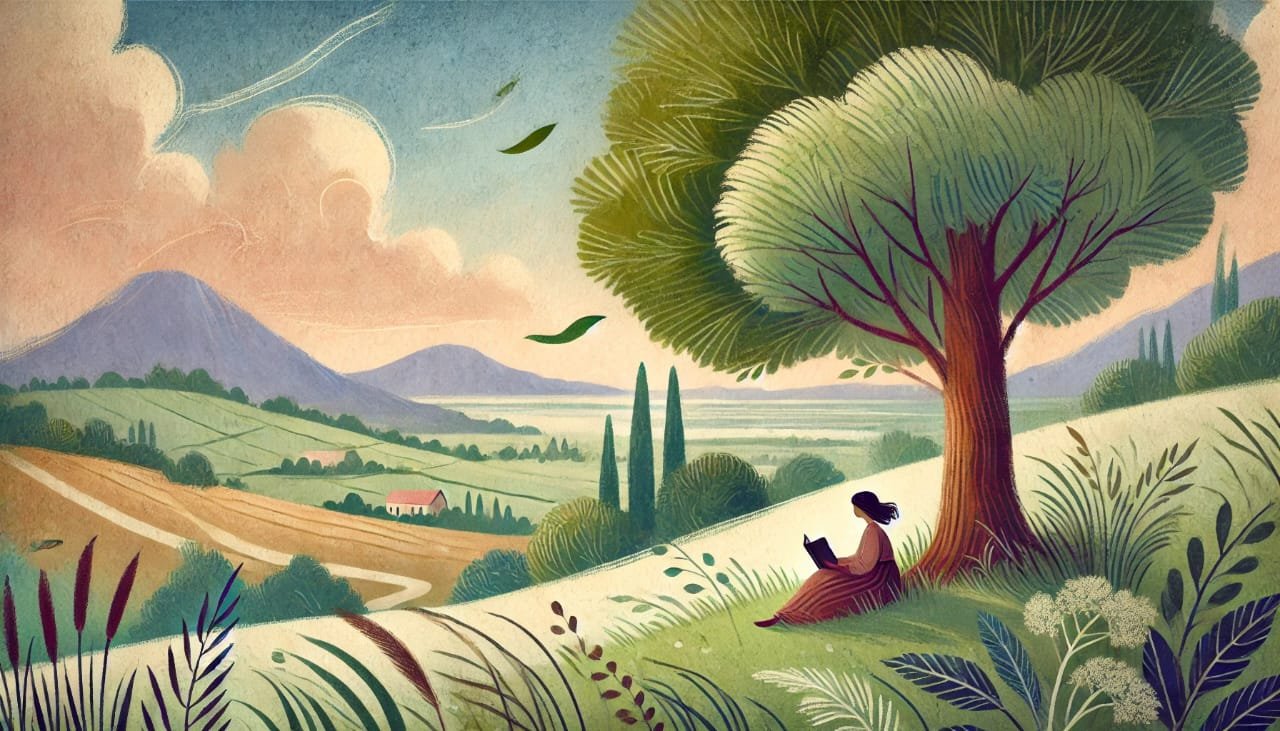
When I first started reading, I mostly stuck to fiction. I would read stories by Satyajit Ray, Ruskin Bond, Tagore, Salman Rushdie, and Agatha Christie.
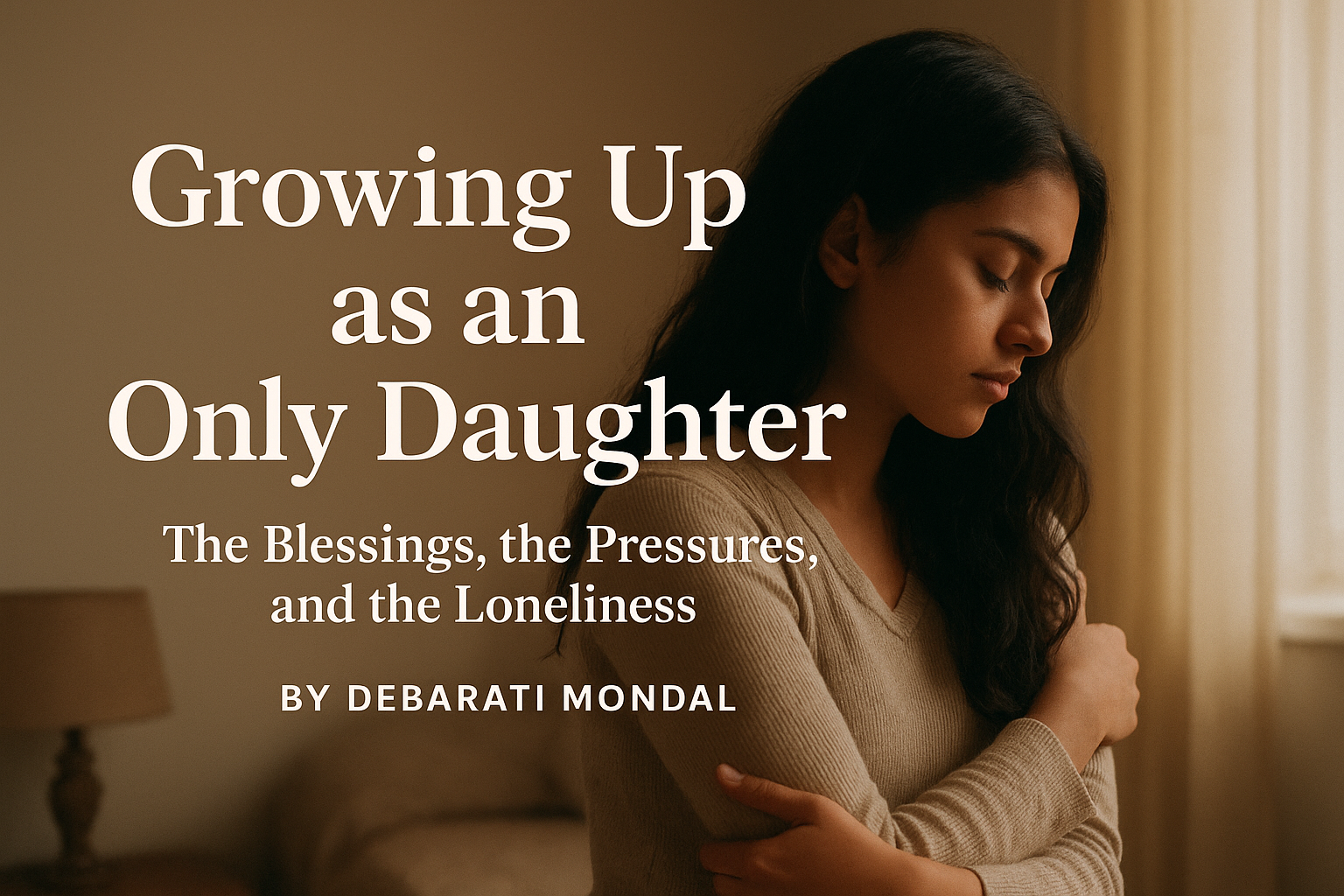
Hi, I’m Debarati Mondal, a teacher, and this is my personal space where I share everything from beauty journeys to life’s raw emotions. If you’re
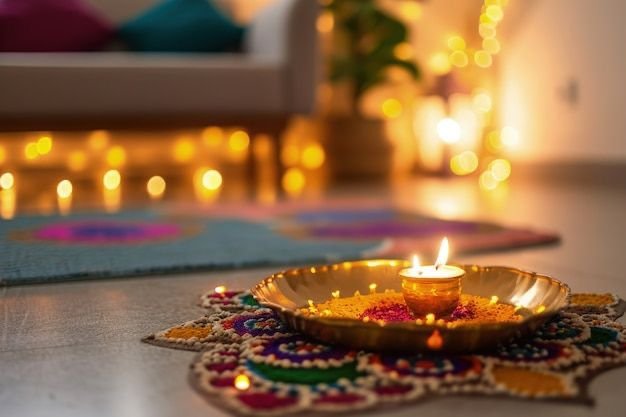
Diwali is more than just a festival of lights. It is a time when homes glow, hearts connect, and families come together to celebrate love,
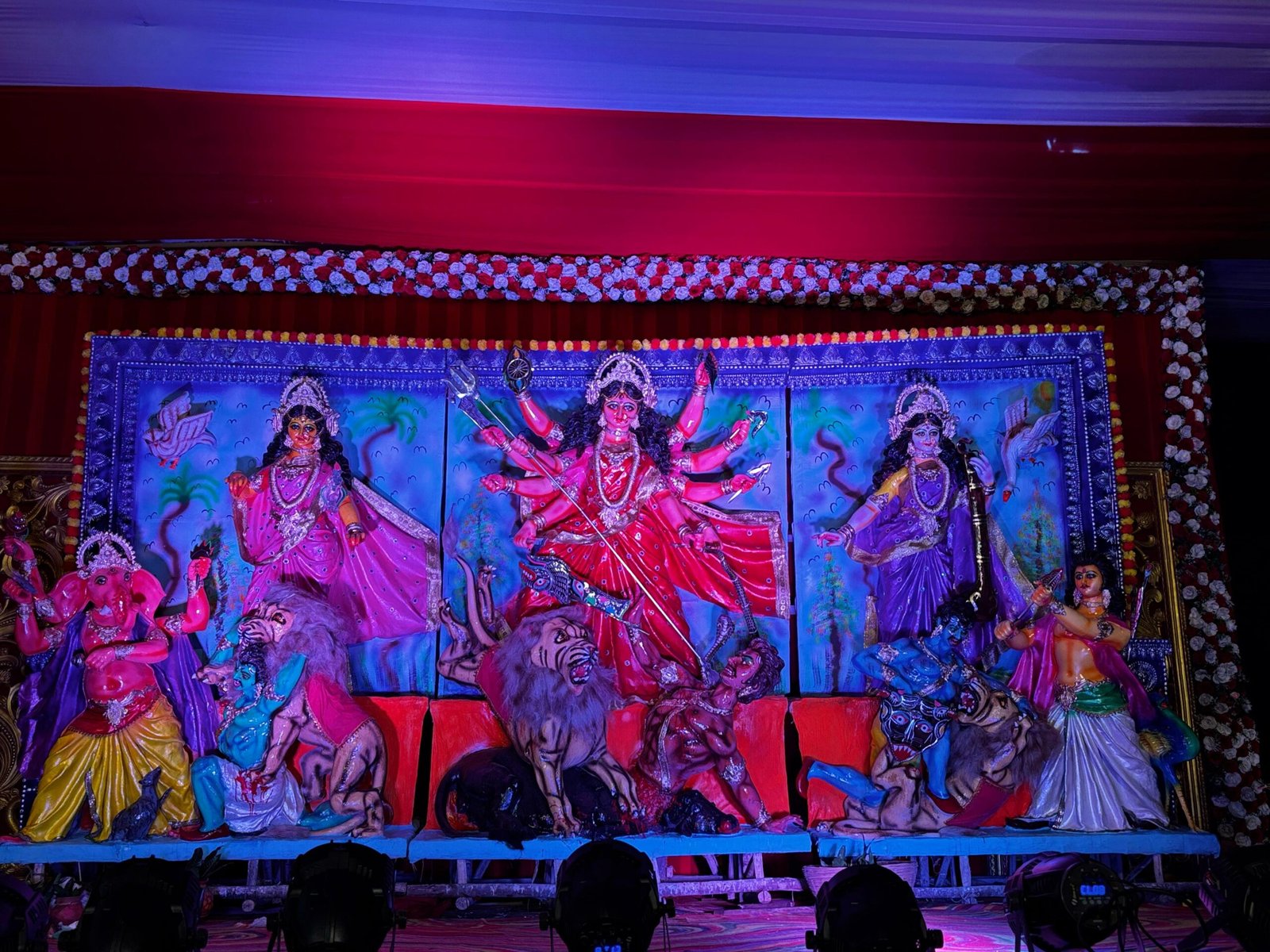
The worship of Devi Durga in Bengal is celebrated in a very unique way. It is believed that Durga Maa comes to her home along

There’s something I’ve been feeling for a while now. And today, I want to write—not to inform, not to teach—but to express. The real problem

A heartfelt reflection on identity, tradition, and the courage to be ourselves in a world constantly trying to shape us. Who are we, really?It’s not

Blogger. Teacher. Lifelong learner. I turn everyday moments into words that inspire growth and reflect effort.